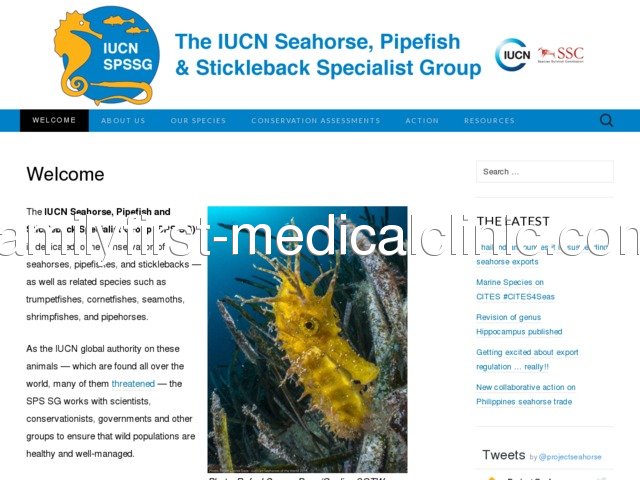iucn-seahorse.org Review:
IUCN Seahorse, Pipefish & Stickleback Specialist Group - The IUCN Seahorse, Pipefish and Stickleback Specialist Group (SPS SG) is dedicated to the conservation of seahorses, pipefishes, and sticklebacks — as well as related species such as trumpetfishes, cornetfishes, seamoths, shrimpfishes, and pipehorses. As the IUCN global authority on these animals — which are found all over the world, many of them threatened — the SPS SG works with…
Country: 192.0.78.25, North America, US
City: -122.4156 California, United States
This is s very useful kitchen tool for chilling wine in 3 minutes for most wines. They provide you a time chart for chilling beverages. I purchased this as a gift for dear friends but I also bought one earlier, great idea Cooper Cooler. It works quite well. It great when company drops by and you have no cold wine available but can be within 3 min.
Nothing better than pampers!!! And they know it too because their prices are a bit too pricey for me to buy them forever! I like to use them up to size 3, then I switch to luvs. For my two boys when they were in size 3 they weren't waking me at all hours of night to feed, so I didn't need as absorbent of diapers anymore. The less they eat at night, the less they seem to "go" in the night! But I do still love pampers :)
This stuff will make it look like you drank the contents of a highlighter but I passed my test. Was it this stuff or was it just my body processing stuff out naturally....who knows. But better safe than sorry!
Great book, as usual. The essays on Ferrari's woes, Mercedes's design, and the Nico-Lewis rivalry were fascinating and detailed. More statistics by David Hayhoe would have made it 5 stars. Also disappointed the results of the Nov. WEC race were not included. Otherwise, top-notch effort.
Excellent at removing adhesives quickly and efficiently. Glad Amazon makes this great 3M product available.
I have had nothing but problems with this. It keeps shutting my computer down and I lose what I have put in.
